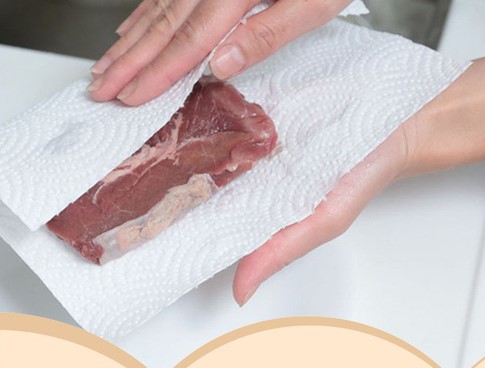Exploring the Art of Cooking with Pork Ribs
Pork ribs are an essential ingredient in every homemaker’s recipe book. They offer a nutritious and delicious option for mealtime. With a variety of cooking methods to choose from, such as steaming, braising, stewing, or sweet and sour sauces, you can create an array of mouth-watering dishes. To master these recipes, it’s important to start with quality ribs. Have you ever wondered why the same dish, cooked the same way, can taste so different? Or perhaps you’ve heard complaints from family members that the ribs you bought recently lacked their usual flavor. The issue might lie in the quality of the ribs.

The root of the problem often lies in the selection process. Many people focus solely on the price without considering the importance of quality. Today, we will share some clever tips to help you avoid buying low-quality ribs and ensure you always get the freshest, most delicious option.
First, it’s crucial to use your sense of sight when assessing the freshness of ribs. Some vendors use red lights to make their meat look more appealing, but this can distort the true color of the ribs. To counter this, examine the ribs under natural light. High-quality ribs should have a bright, natural red color. If the ribs appear white or yellow, it could indicate prolonged or improper storage, which may not only affect the taste but also your health.

Look for a bright, natural red color when choosing ribs.
Secondly, don’t be afraid to use your sense of touch. When selecting ribs, gently press the meat with your finger. Fresh pork ribs should have a certain elasticity and stickiness. If the meat feels soft, lacks resilience, or is too moist, it may be a sign of deterioration. Additionally, if there is a noticeable slimy coating or a strong odor, it’s best to avoid those ribs as they are no longer fresh. Cooking with such ribs will not only ruin your dish but also result in an unpleasant, pungent taste.

Avoid ribs with a slimy surface and a strong odor.
Lastly, be wary of ribs that have been injected with water to increase their weight. This practice is a common way to disguise low-quality ribs and make them appear similar to fresh, juicy ones. While these ribs may look plumper, their meat quality has been compromised. To identify if ribs have been injected with water, observe the surface and press the meat. If the surface is moist and water seeps out when pressed, it’s a red flag. You can also use a simple paper towel test: place a paper towel on the ribs and press gently. If the paper towel quickly soaks up water, it’s likely that the ribs have been soaked.

Use a paper towel to test for injected water.
In conclusion, when purchasing pork ribs, it’s important to be vigilant and selective to avoid the three types of low-quality ribs mentioned above. Look for ribs with a bright, natural red color, elastic and sticky meat, and no signs of water injection. With a quality set of ribs, you can confidently create delicious meals, whether it’s a steamed, braised, sour and sweet, or salted dish.







































